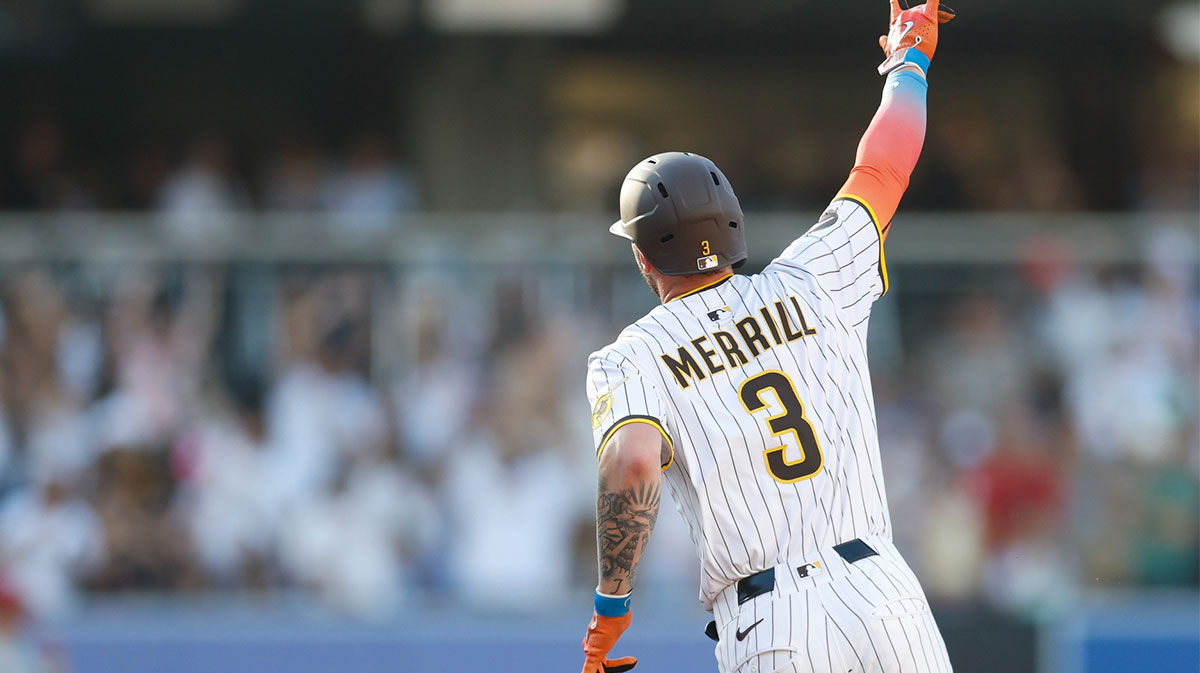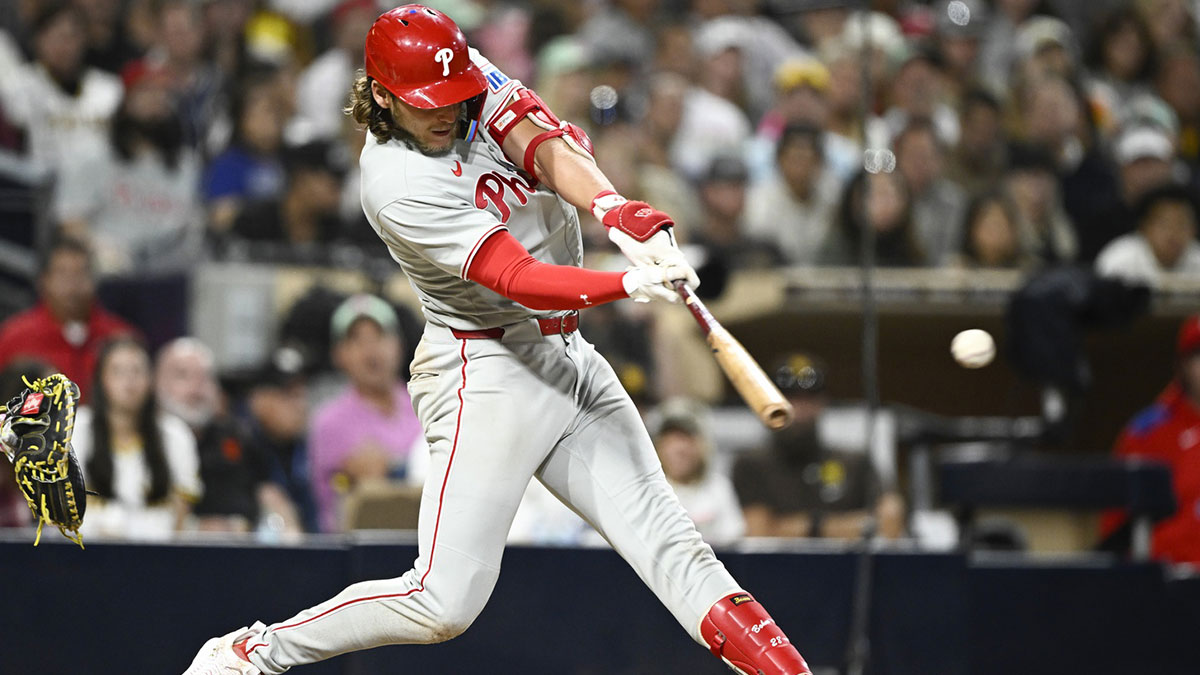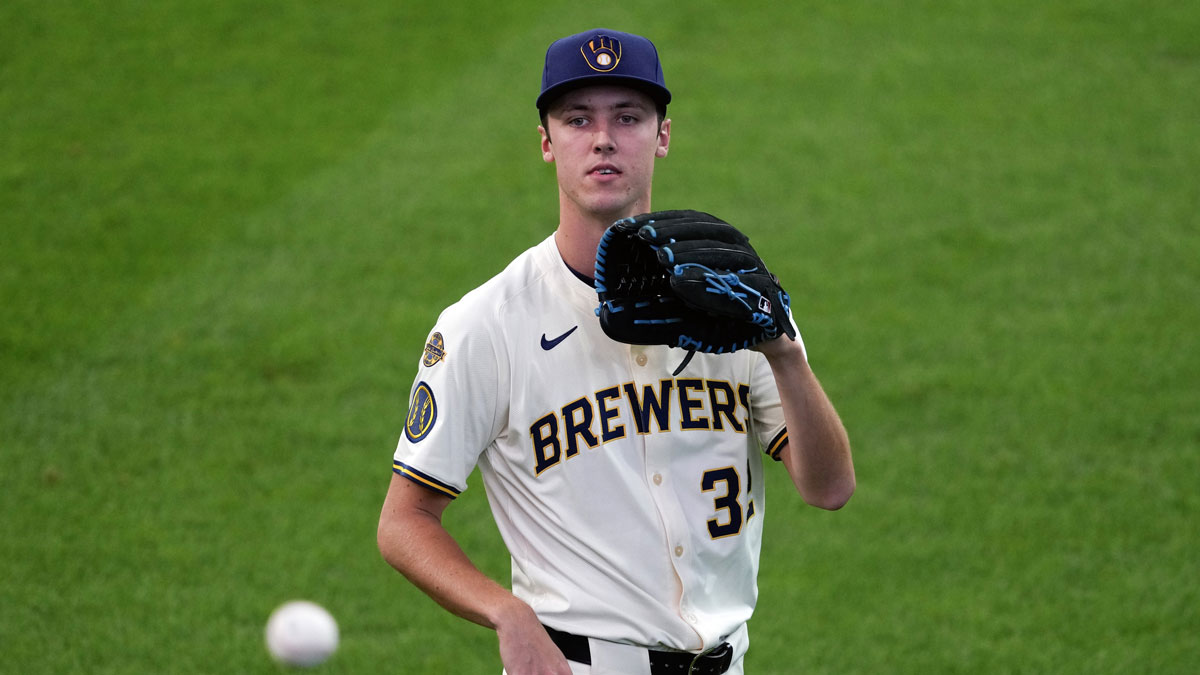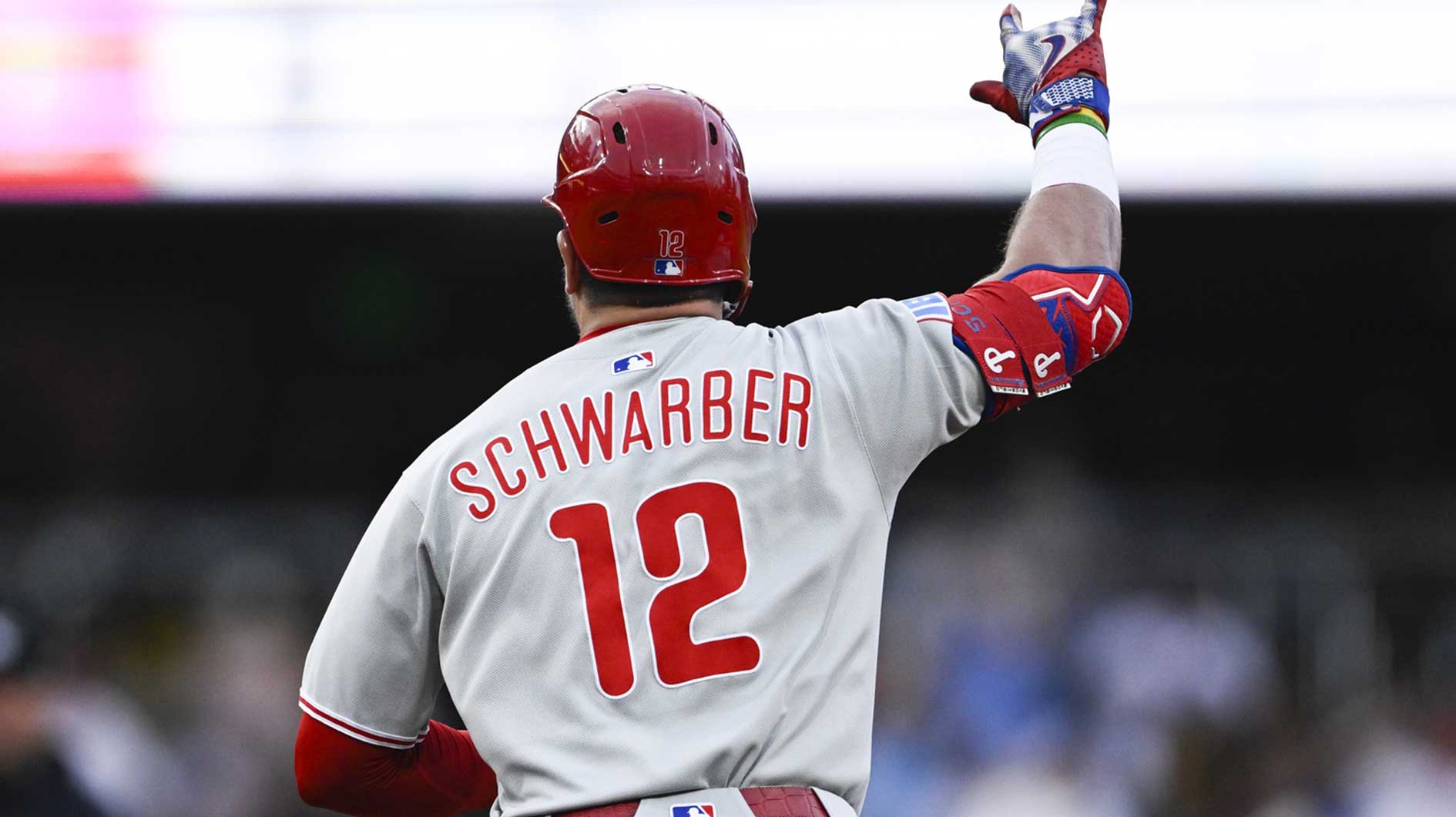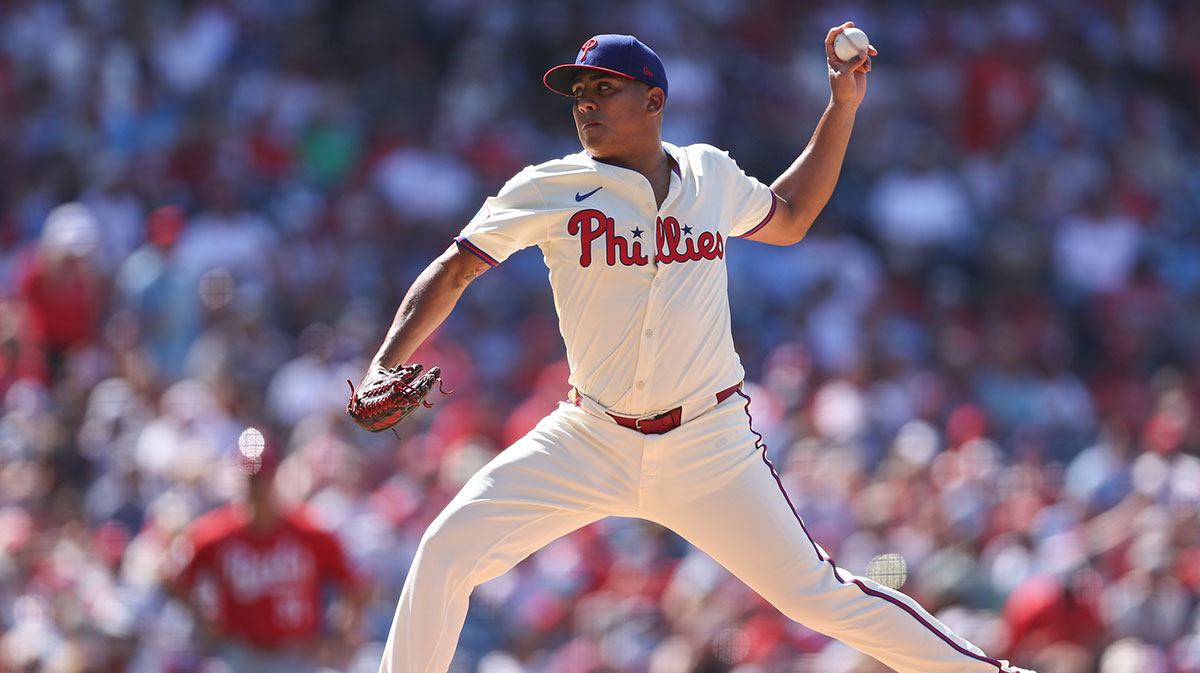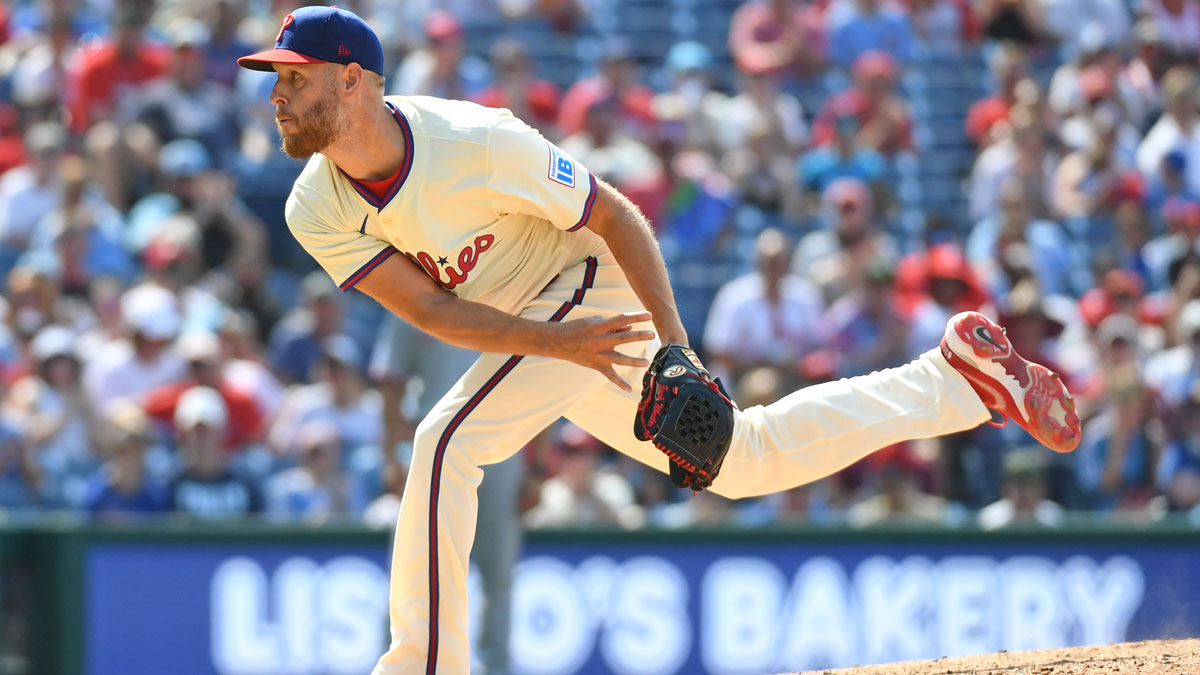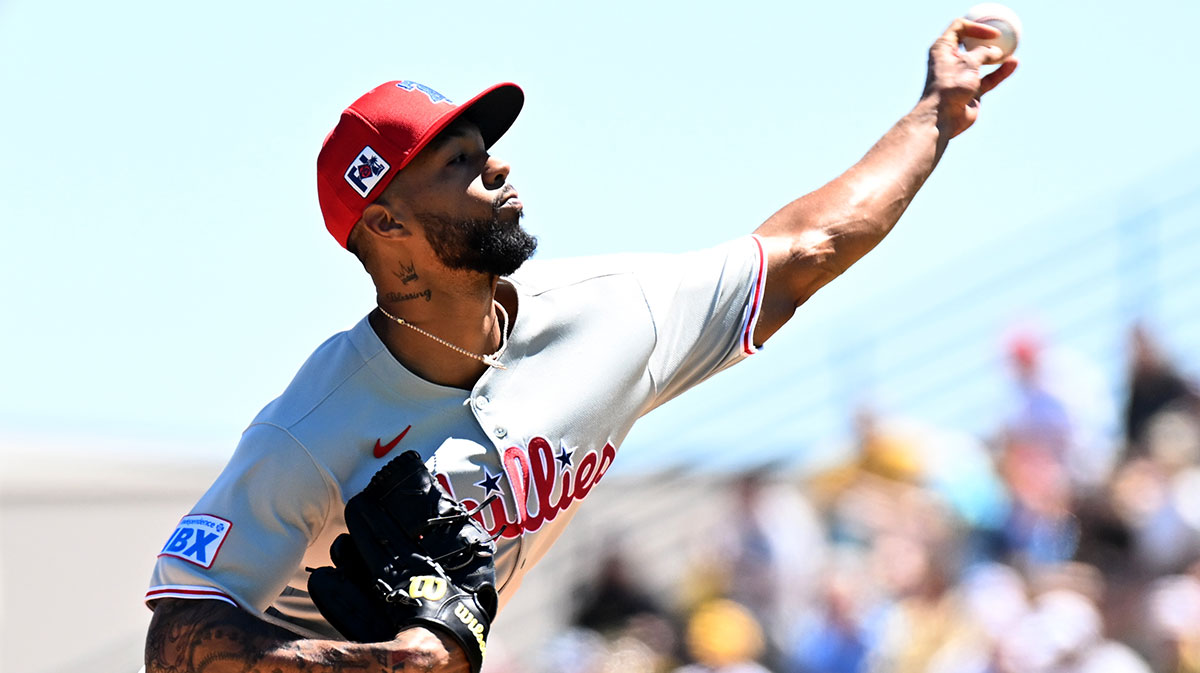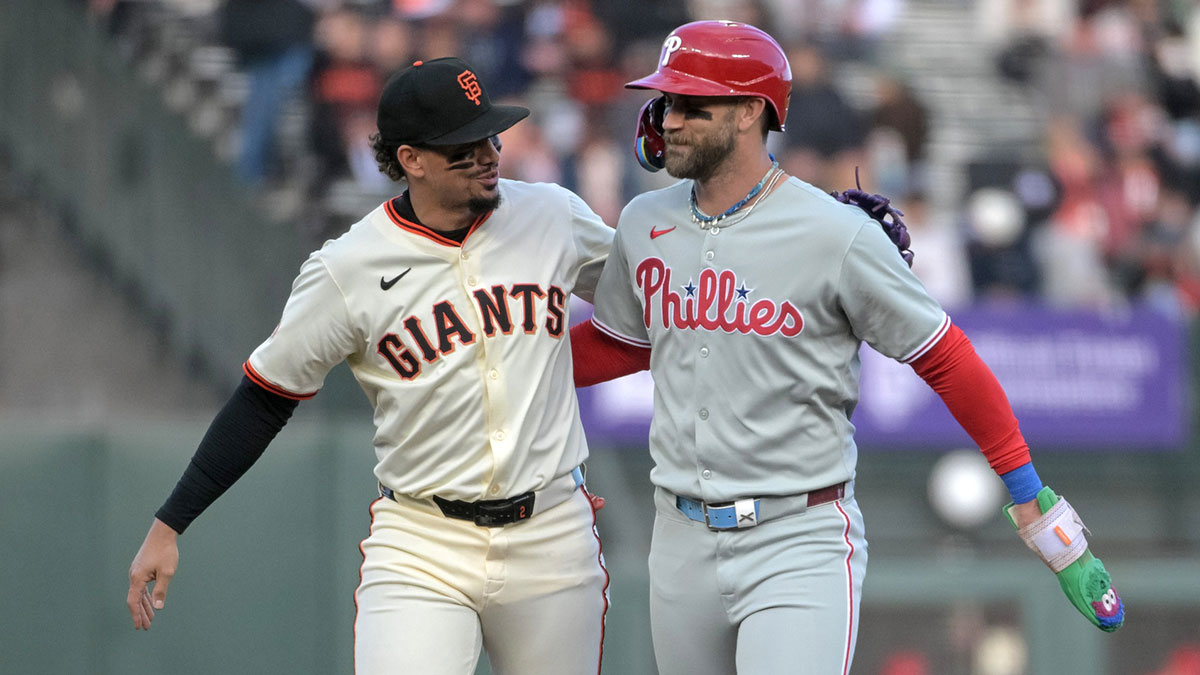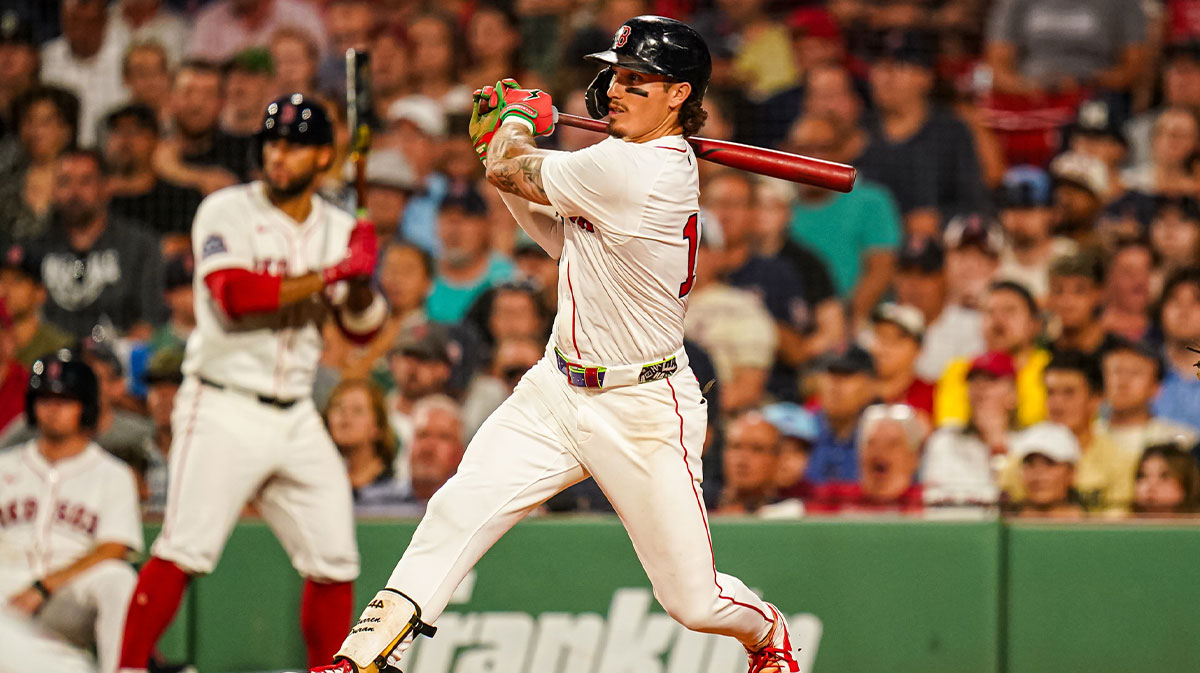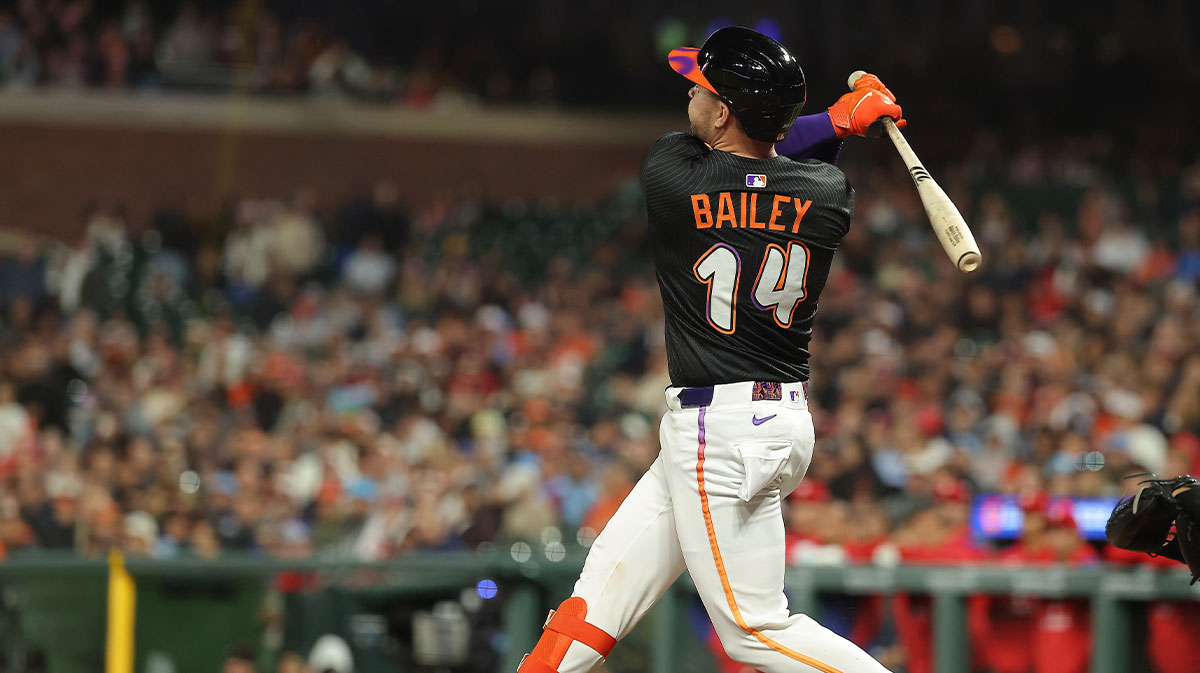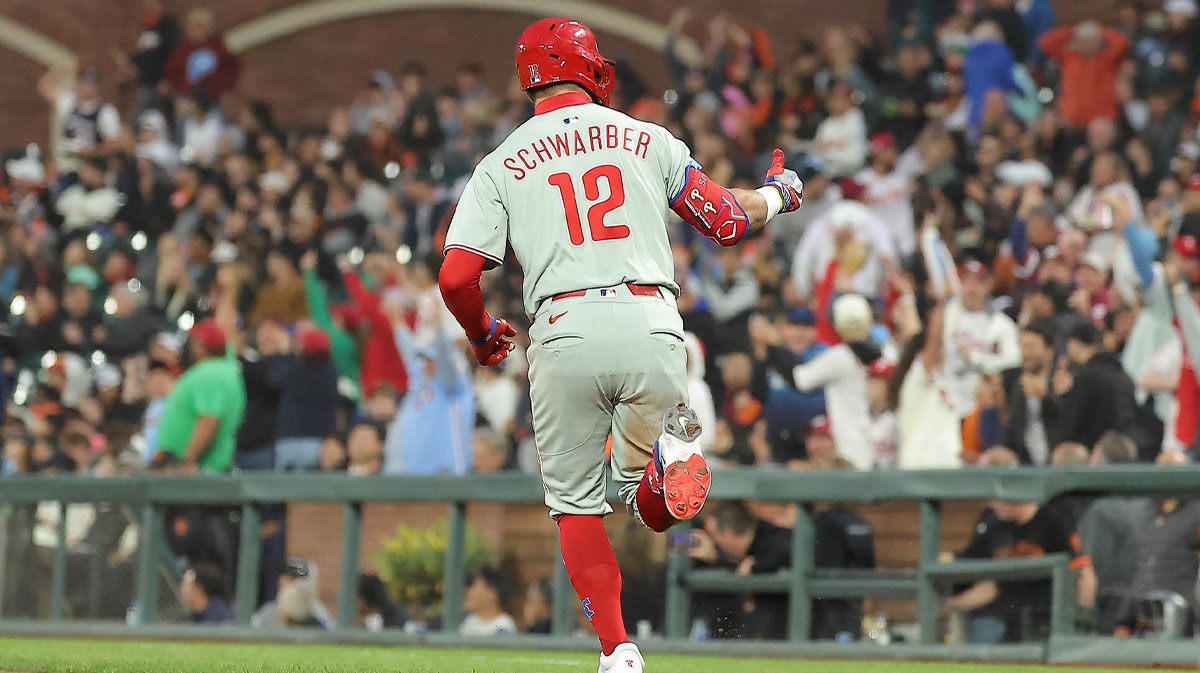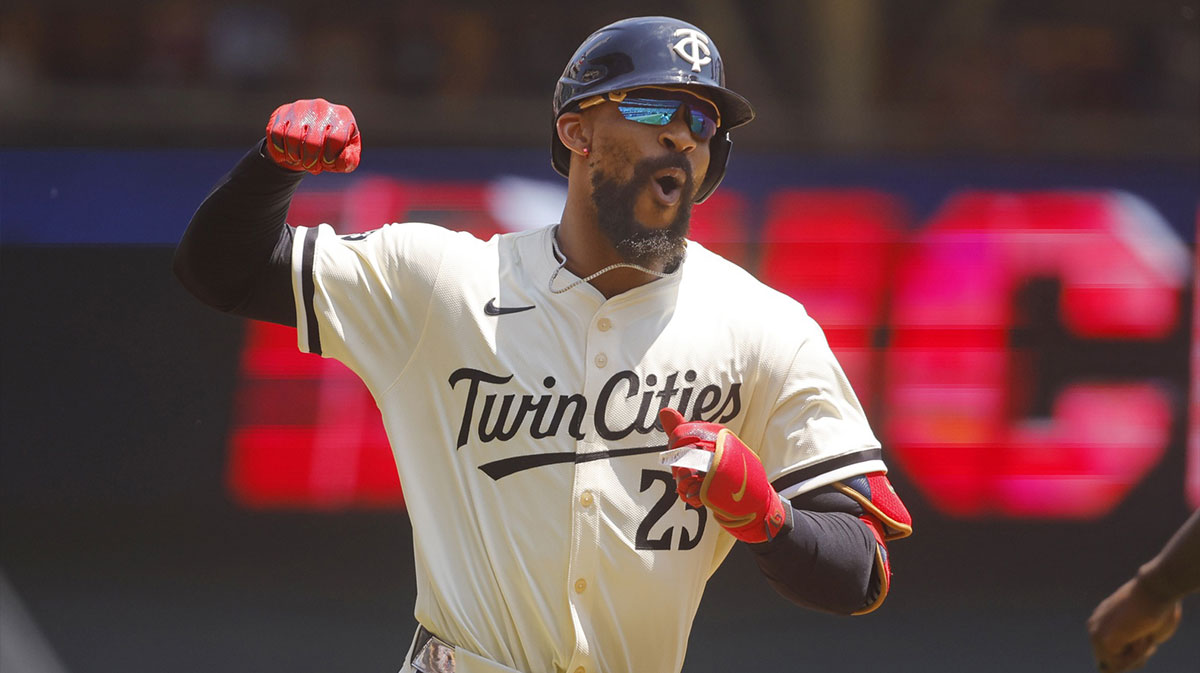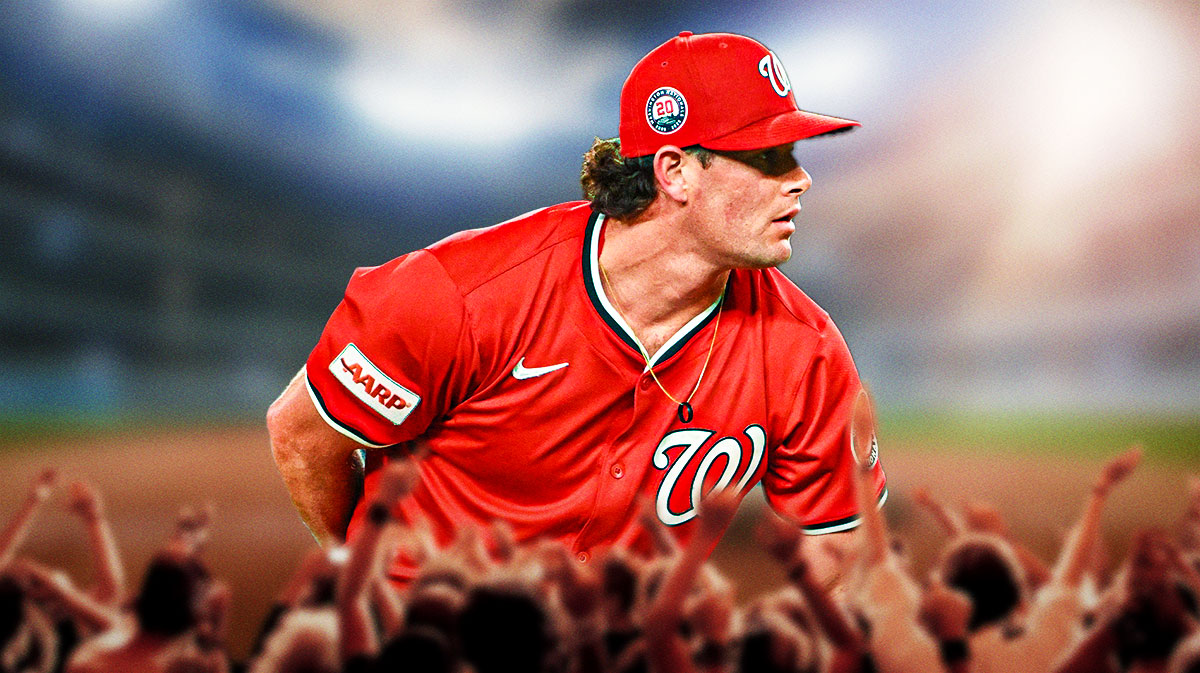Bryce Harper has dominated all of the headlines in Philadelphia as of late, but the Phillies' newest superstar is hardly their most important player heading into 2019. No, that distinction belongs to Jake Arrieta.
The 33-year-old Arrieta was Philly's marquee free agent signing last winter, agreeing to a three-year, $75 million deal after failing to garner long-term offers from clubs around the league. The Phillies raced out to a 53-42 start before the All-Star break, with Arrieta posting a 3.26 ERA in 18 starts.
However, Arrieta crumbled in the second half, and so too did the Phillies.
He seemed due for some regression after posting just a 6.3 K/9 in the first half, but Arrieta's second-half ERA soared to 5.04 and he gave up 11 home runs in 13 starts. Meanwhile, Philadelphia went 27-40 after the break, dropping from first place to third in the NL East.
Although general manager Matt Klentak had a historic offseason, he did not address the starting rotation, instead hoping for improvement from the young trio of Nick Pivetta, Zach Eflin and Vince Velasquez.
But it is Arrieta–the presumed no. 2 starter behind ace Aaron Nola–that could have the most profound effect on this Phillies team in 2019. Can he reestablish himself as an ace this season?
Big drop off in strikeout rate bodes ill
As a member of the Chicago Cubs from 2015-2017, Arrieta had the fifth-highest fWAR among all starting pitchers, according to FanGraphs. He won the 2015 NL Cy Young on the strength of a second half in which he went 12-1 with an absurd 0.75 ERA in one of the greatest stretches ever for a pitcher.
How was Arrieta so effective during this years? He controlled both sides of the strike zone with a hard-biting two-seam fastball that could get into the upper 90s, and paired that with a wipeout slider, cutter hybrid that touched 90 MPH. The combination of velocity and break along with astute command made Arrieta one of the best pitchers in baseball.
Despite his effectiveness, however, the final years in Chicago were a sign of things to come. Arrieta's fastball velocity dropped by 2.5 MPH from 2015 to 2017, and his BB/9 rate increased as well.
These factors came to a head in 2018 in Philadelphia. Despite somewhat rediscovering his velocity (93 MPH with the fastball and 89.4 MPH with the cutter), Arrieta posted a 7.2 K/9, his worst since 2013.
His hard hit percentage has also risen above 30 percent, and he no longer has an elite defense behind him like he did in Chicago (though the addition of Jean Segura should help).
It is never a good sign when a power pitcher like Arrieta starts to get barreled up, and with a decrease in velocity, can he adapt?
Has Arrieta just gotten unlucky?
Sure, Arrieta's FIP (4.26) was higher than his ERA (3.96) last season, but he might just be getting slightly unlucky.
Most of Arrieta's spin rates have been practically identical since 2015, and yet despite a year-over-year increase in velocity, he had a worse whiff percentage for every single one of his pitches in 2018, according to MLB Statcast.
So, what gives? First and foremost, Arrieta's changeup was a horrible pitch last season. That is the one pitch in his arsenal that has seen a marked decrease in spin rate and whiff percentage, yet he threw it more last season than any other year since Statcast began tracking.
The slider was still a good out pitch, but Arrieta also lost effectiveness with his primary sinker ball pitch, and thus also had a hard time establishing his off-speed.
In conclusion
Arrieta has to get back to controlling the strike zone with his sinker. His ability to move the ball around has always been imperative in setting up his slider, whereas if he struggles to throw strikes he sometimes leans on “get me over” pitches.
Maybe there has been a tad bit of misfortune involved, but the sharp decrease in strikeout last season paired with his age and style do not bode too well for Arrieta.
The Phillies need him to be reinvigorated and effective this season, but it is hard to see Arrieta posting anything lower than a 3.80 ERA in 2019, given recent history and trends.

